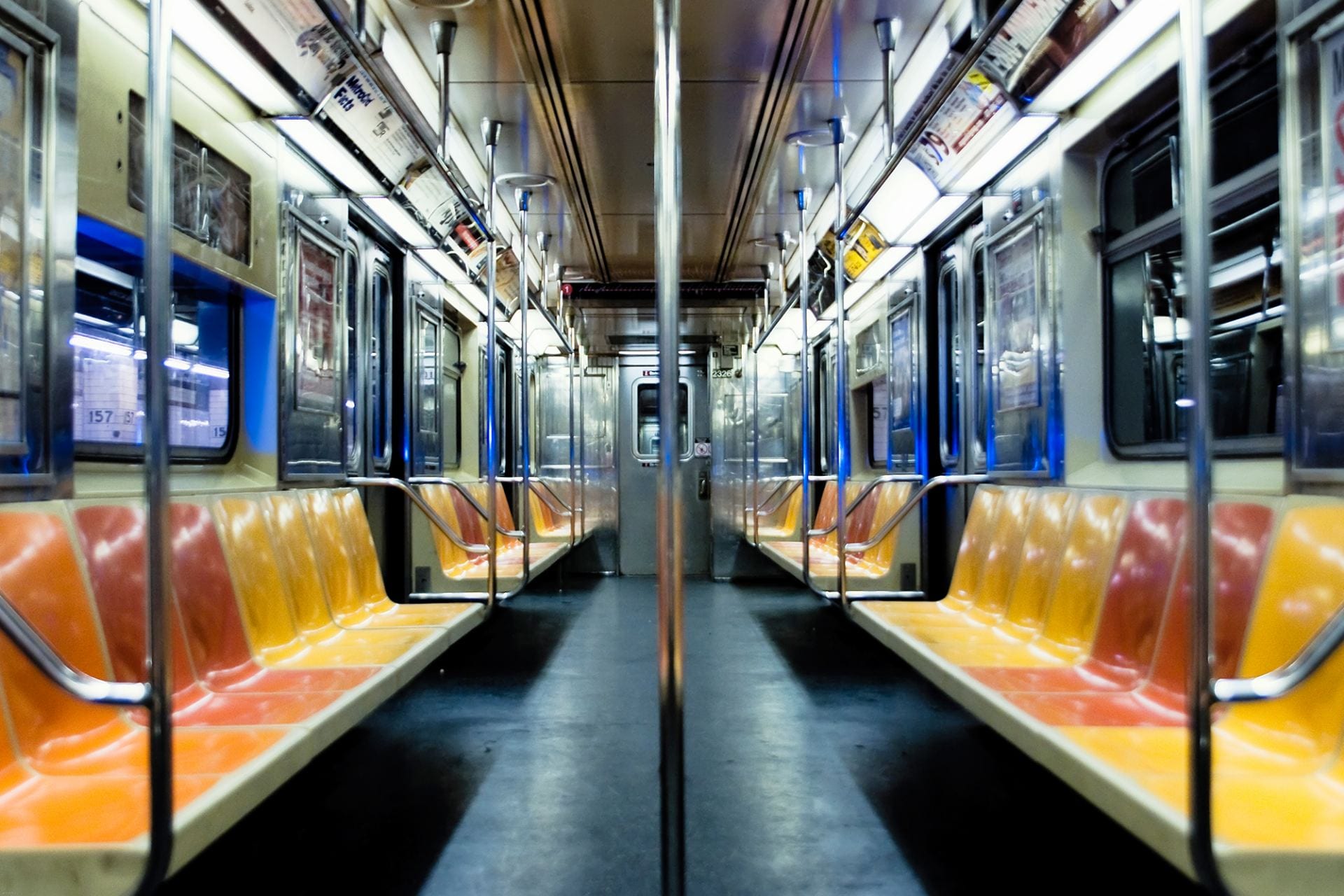By: Molly Voit
The New York City Subway’s 665 miles of track, 472 stations, 27 lines, and almost 6 million daily riders makes it a significant and central part of the city. However, the subway is currently facing many problems: excessive train delays, a decreasing on-time rate, frequent accidents in train stations, overcrowding – the list goes on. This dysfunction and unreliability goes back to the 1990s. According to the New York Times, the subway in the 1970s was characterized by its “poor maintenance, high crime, and widespread graffiti.” In response to the frightening state the subway system was in, the city made efforts to improve the subway throughout the 1980s. This reached a peak in the 1990s when George Pataki was governor. He called the era a “Transit Renaissance.” When Rudolph Giuliani was elected as mayor in 1994, he decided to cut down the city’s contribution to the subway’s funding by millions of dollars, drastically decreasing the quality of the subway. This relocation of funds was also carried out by other politicians, ultimately leaving the Metropolitan Transportation Authority (MTA) with limited resources to maintain the functionality of the subway. At the same time, subway fares increased to try and make up for the lack of funding. However, these efforts were unsuccessful, and budget cuts and growing debt continue to be major issues for the MTA and New York City.
Today, delays and stalled trains are regular occurrences, and the subway’s infrastructure is crumbling. The New York Post stated that train delays have increased from 28,000 times per month to 70,000 times per month. Additionally, the subway’s already notoriously low on-time rate has decreased from 90% in 2008 to 58% this year. Furthermore, Andy Byford, the new head of the MTA, has said that subway incidents are also near-constant. “There’s something new every 20 minutes … It’s not acceptable.” Examples of these incidents include, “Switch Trouble. Door Trouble. Female Threw Shopping Cart on Roadbed.” Many New Yorkers are frustrated with these various deficiencies and the inability of the MTA to fix them.
Unfortunately, the MTA’s funding gap is only growing. WNYC reported that the gap is projected to be 112 million dollars in 2020 and will reach 500 million dollars in 2021. So what can be done about the growing funding gap for the MTA? One proposed solution to this lack of money is legalizing marijuana for adults. According to the New York State Department of Health, New York is “one of the largest potential markets for recreational marijuana … regulation could provide substantial tax revenue for the state.” Additionally, the money generated from marijuana sales is a market with potential growth, providing a source of funds for the future as well. Using funds from tax revenue and congestion pricing would allow the state to avoid increasing subway fares, cutting subway lines, and redirecting funds from other places. According to the New York Times, “the illegal market for marijuana could be as high as $3.5 billion annually … legalizing pot could generate up to $670 million in annual tax revenue.”
A report from the NYU Rudin Center for Transportation Policy and Management argues that “the subways need a dedicated revenue source with the potential for growth in future decades — one that does not divert funds from other public services, and that has yet to be tapped by the state and local government.” However, it is possible that the solution of legalization paying for the MTA would not work since there are a host of issues New York is facing that also need more funding. Why should this new revenue source be directed towards the MTA when it can go to efforts decreasing homelessness or global warming, or to improving education and healthcare or other issues? While the subway is in dire need of work and is a central part of the city, it can also be argued that it is not the most urgent problem currently facing the state. However, New York State Senator Michael Gianaris does not hold this view, as is evident in his statement about new revenue sources for the MTA; “There are a lot of needs that we have that new revenues need to be considered for … the MTA is near the top of my list.”
Overall, legalization seems to be a way the MTA can begin to resolve its lack of funding and debt and help New York move more smoothly. The New York Times conducted an informal survey in which they asked regular commuters about their thoughts on legalizing marijuana in order to gain funding for the MTA. The responses indicated that the subways’ issues affect New Yorkers’ attitudes in addition to their commute, and legalization can improve these conditions. One rider said that maintaining the subway is a “neglected issue.” Another said, “people are so mad all the time” because of the subway delays and inefficiencies so they’d be “willing to legalize anything.” Yet another rider said the MTA has “to find another source of money…they can’t keep tapping out the consumer.”
Sources:
https://www.nytimes.com/2018/02/20/nyregion/mta-train-delays.html
https://www.wnyc.org/story/many-suggestions-funding-mta-going-2018/
https://www.westword.com/news/heres-where-your-colorado-marijuana-tax-dollars-go-10214271
https://www.newyorker.com/magazine/2017/07/24/public-transits-summer-of-hell
http://amsterdamnews.com/news/2019/jan/10/marijuana-funding-go-mta/
Image: https://timedotcom.files.wordpress.com/2016/06/subway.jpg

